Read the Data
See what those who have worked with ellacor the most have to say about it...
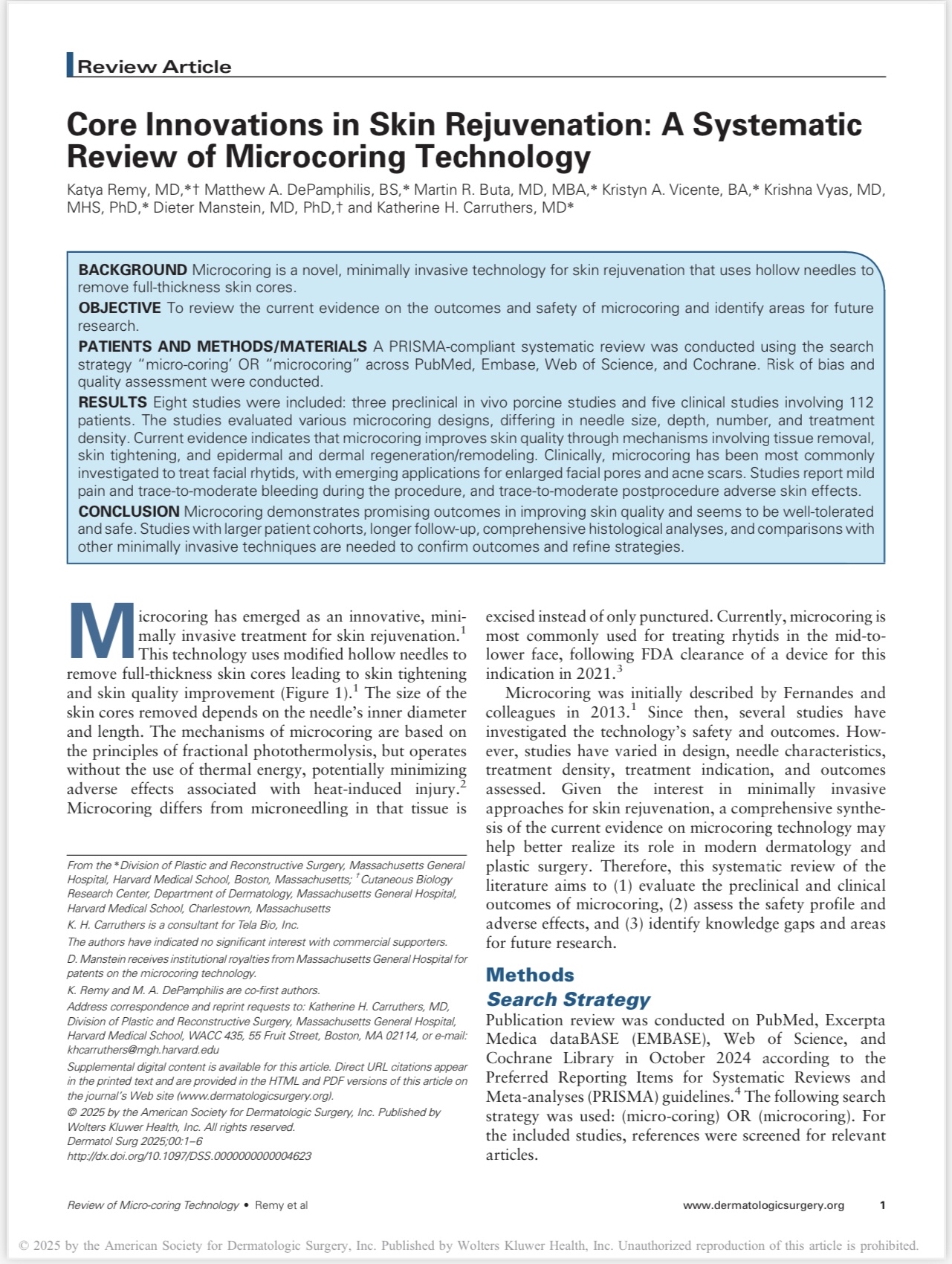
A Systematic Review of Microcoring Technology
Literature review of all the current evidence on the outcomes and safety of microcoring and identify areas for future research.
> View
Clinical Pearls for Management of Patient Expectations and Side Effects
Dr. H. Ray Jalian is a respected dermatologist and key opinion leader in the aesthetic device industry; having performed more than 100 successful treatments with ellacor®. This guide offers clinicians helpful tips and best practices for optimizing patient outcomes and managing common side effects experienced post procedure.
> View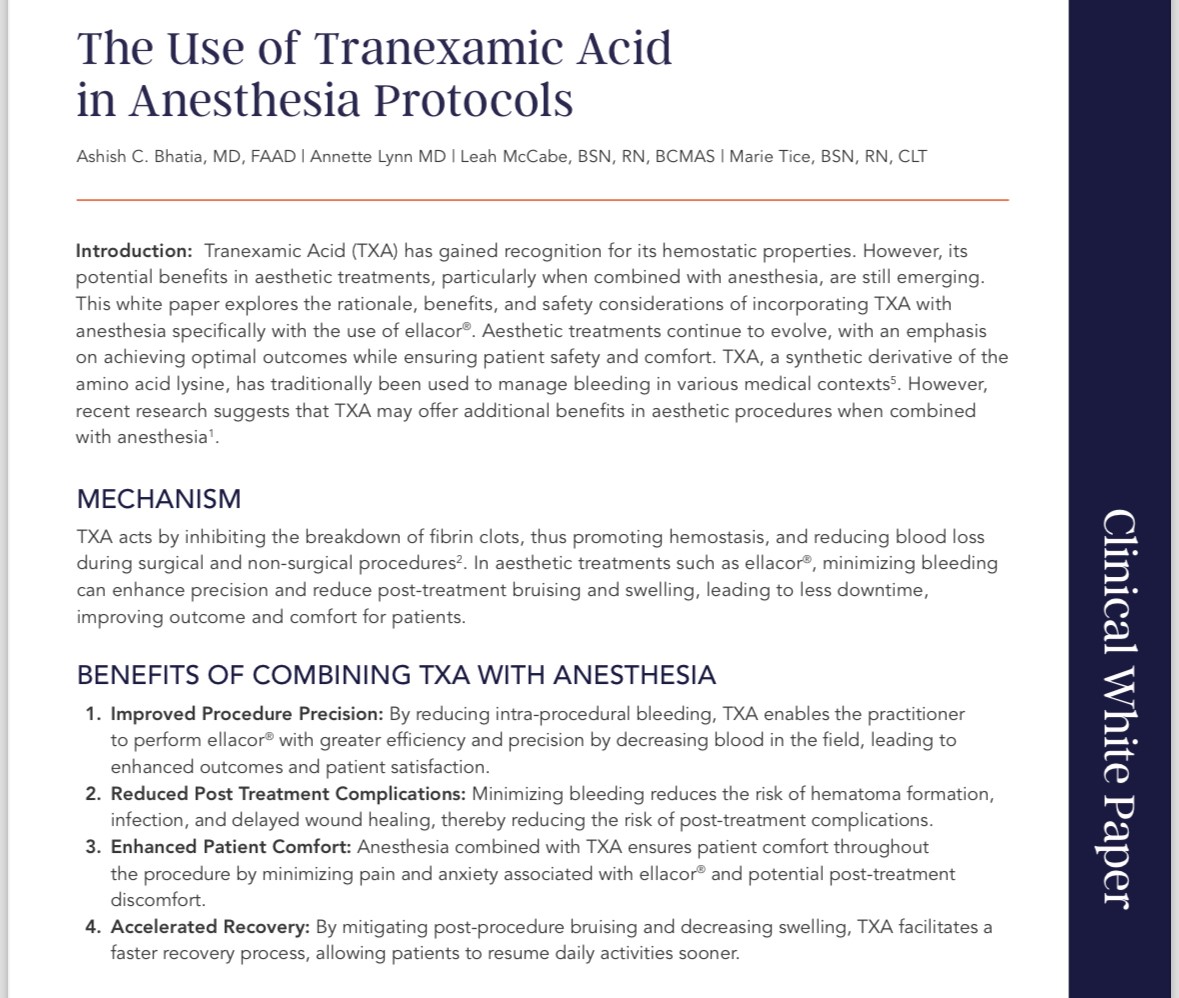
The Use of Tranexamic Acid in Anesthesia Protocols
This white paper, authored by Ashish C. Bhatia, MD and the Cytrellis Medical Affairs team, explores the rationale, benefits, and safety considerations of incorporating TXA with anesthesia.
> View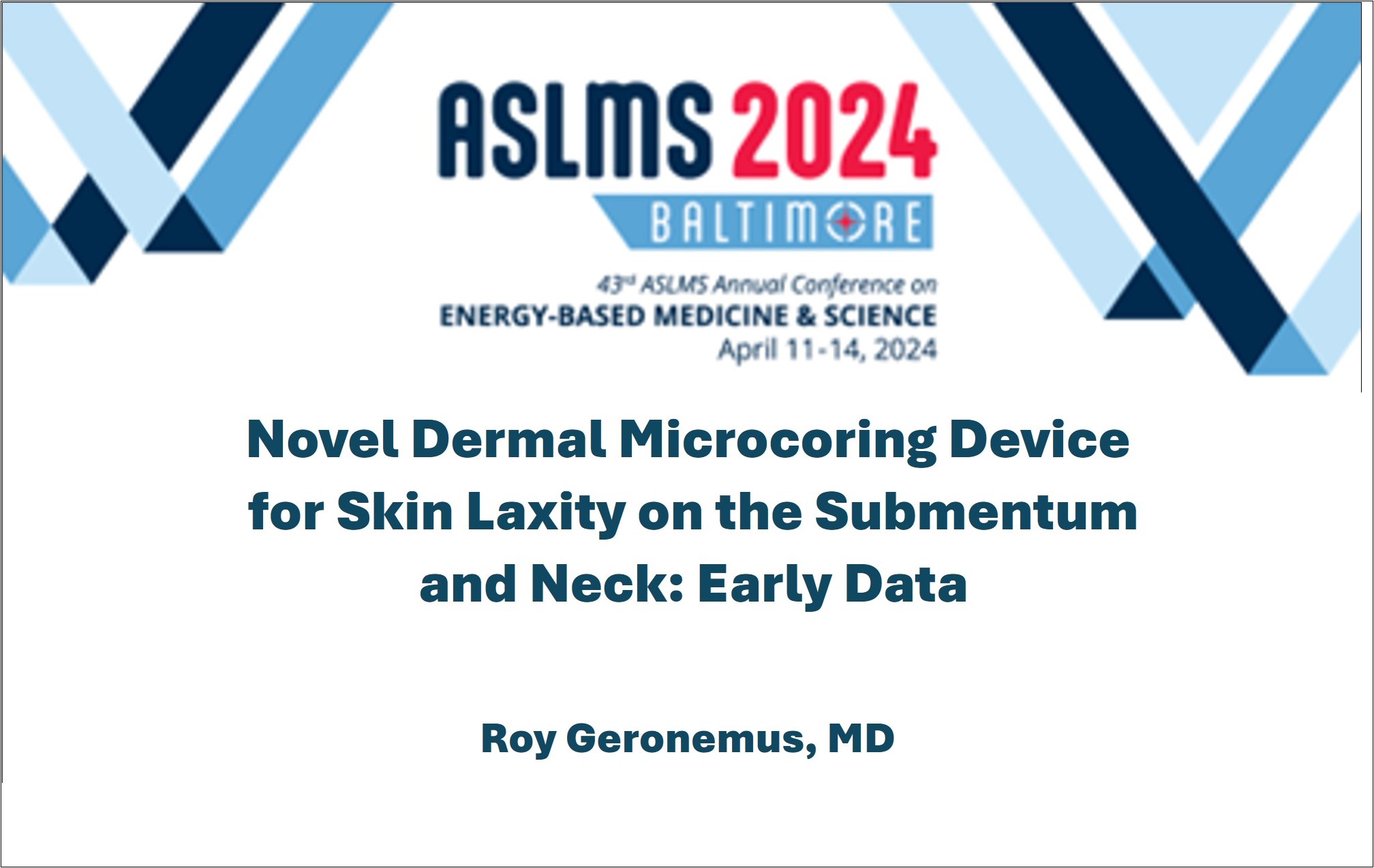
Novel Dermal Microcoring Device for Skin Laxity on the Submentum and Neck: Early Data
Interim clinical data from a multi-center study evaluating dermal micro-coring on the neck and submentum area.
> View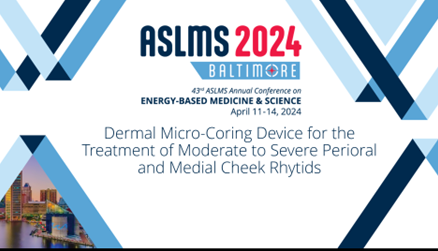
Dermal Micro-Coring Device for the Treatment of Moderate to Severe Perioral and Medial Cheek Rhytids
This is a prospective, single-center study to evaluate the safety and efficacy of the dermal micro-coring device for the treatment of moderate to severe perioral and medial cheek rhytids.
> View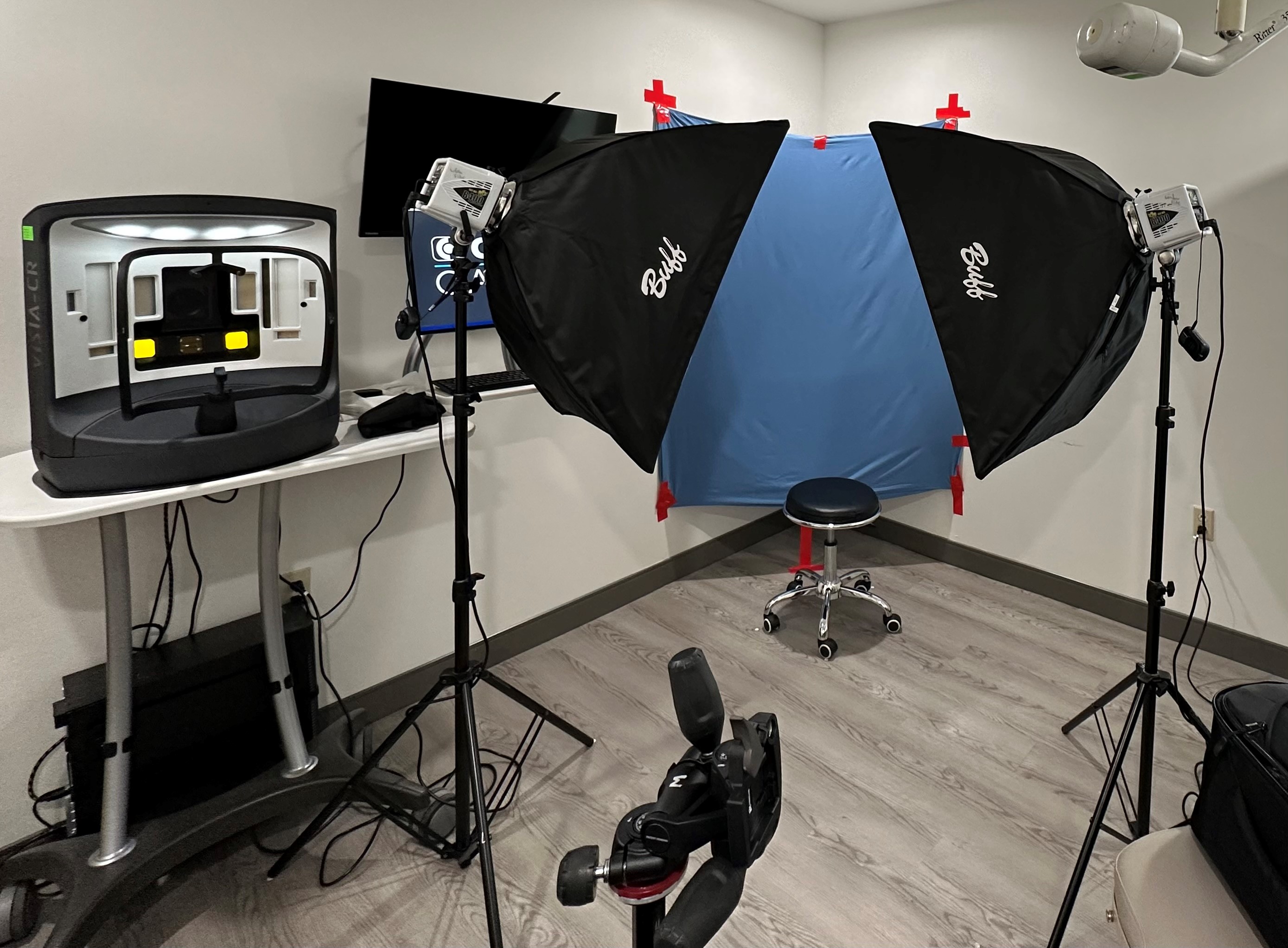
White Paper: Basics of Good Ellacor Photography
This guide offers some simple steps to capturing high-quality images in a clinical practice setting. The author is Autumn Murphy, an accomplished technical clinical photographer with over 12 years of experience in clinical and research settings. Autumn has worked with Cytrellis supporting ongoing clinical studies.
> View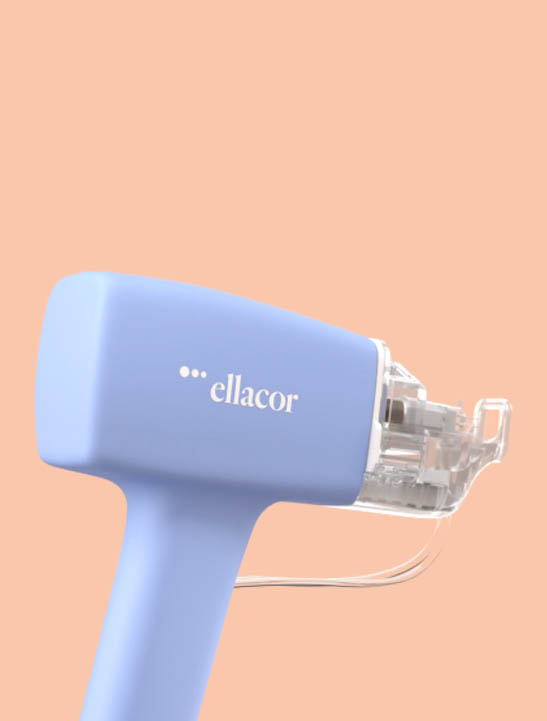
Dermal Micro-coring for the Treatment of Moderate to Severe Facial Wrinkles
Micro-coring technology (MCT) removes cores of skin without formation of scars, thereby tightening skin and reducing skin wrinkling. The purpose of this study was to evaluate the safety and efficacy of MCT with the dermal micro-coring device for treatment of facial wrinkles.
> View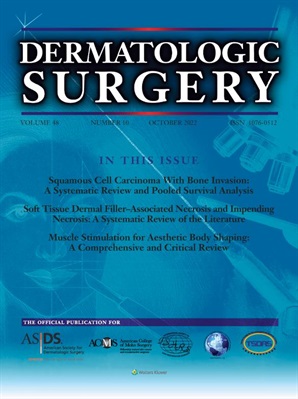
Wound Healing After Fractional Skin Harvesting
Autologous fractional full-thickness skin grafting is a method of harvesting full-thickness skin with reduced donor site morbidity compared with conventional skin grafting. The objective of this study was to demonstrate that full-thickness skin microbiopsies can be harvested with minimal scarring or complications.
> View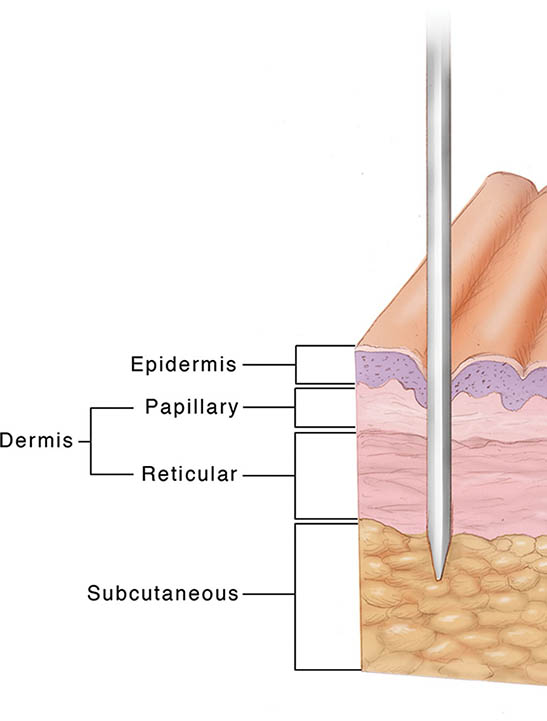
A Novel Microcoring Technology for Scarless Skin Removal: Summary of Three Prospective Clinical Trials
We introduce an innovative and novel technology that achieves scarless skin removal without the use of thermal energy. Microcoring technology (MCT) uses a modified, hollow hypodermic needle to remove skin safely and without a scar. This menthod is advantageous compared to other fractional devices, given that it has the same benefits as energy-based devices (removal of skin cores without a scar, with the added value of immediate closure along the relaxed skin tension lines, with significantly less thermal energy.
> View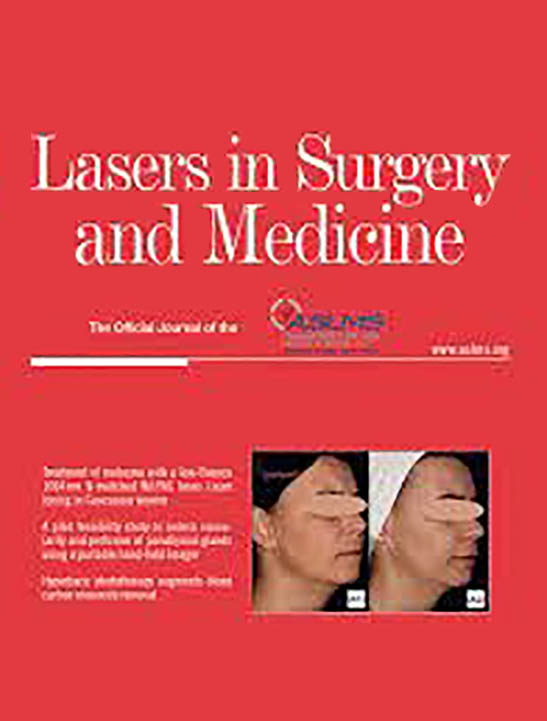
Micro-fractional, directional skin tightening: A porcine model
Skin changes among the most visible signs of aging. Fractional ablative lasers improve skin quality by making small skin wounds that heal rapidly without scarring. While they improve skin texture and discoloration, there is minimal effect on skin laxity. This study was performed to assess skin shrinkage performed by removing multiple small full-thickness skin columns with coring needles combined with wound closure.
> View